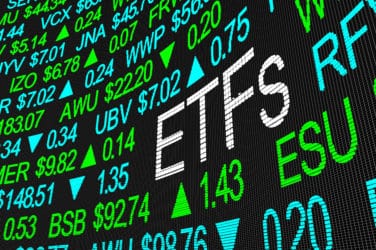
Buy-side traders are melding multiple asset classes together onto a single trading platform as asset classes become increasingly connected. Futures and FX trading capabilities are especially in-demand by trading teams.
“Within the buy-side community, equity traders are becoming primarily responsible for other asset classes,” said Jamie Benincasa, senior vice president, equities at FlexTrade. “The easiest one, and the one that most directly impacts equity trading, is futures. The second one that comes into play that’s affecting equity traders is FX. The FX market looks a lot like equities, as of seven or eight years ago, with streaming prices, level twos, order types.”

Jamie Benincasa, FlexTrade
While there’s no centralized marketplace in FX, there’s no centralized marketplace in equities either anymore. “You’re interacting directly with a dealer, or with one of 18 exchanges, and some dark pools.”
One head trader for a hedge fund, who spoke on condition of anonymity, said his firm chose to develop its own multi-asset trading platform. “We took an off-the-shelf version when we first launched,” he said. “The problem with that was it was not ‘one size fits all’. It was kind of like putting a square peg in a round hole — you could do it, but you had to really work around the system. There wasn’t a lot outside of equities that really fit there. We had to really ‘bastardize’ the system to make sure that we get our exposures straight on anything that was not a straight equity.”
The trader continued, “Now you could buy this and you could buy that. You could get the FX platform, you can get the futures platform, but the point is the cost started to balloon. We didn’t want to break the bank just on our systems to start out with. We made good with it for about a year or so when we developed a system with the input of ourselves and our trading support as well as our portfolio managers.”
The firm mostly trades equities, but also trades futures, commodities and FX to hedge its positions.
“With the exception of the FX component, which I have to manually input into our system, I can actually FIX out futures options and commodities to our brokers, the same ones that we use obviously for our equities side,” the head trader said. “The only thing really that we manually worry about is typing in FX rates, but we’ll take four out of five.”
The system also serves as the firm’s P&L tracker. “As opposed to having an updated spreadsheet that was our P&L, we now have a platform where we have our P&L, we have all of our operations, we have fund performance, and we’re able to trade multiple asset classes, with the exception of FX, on just one platform,” the head trader said.
The movement toward multi-asset trading systems is being driven partially by cost, as firms seek to centralize their trading desks. More often than not, that means the equities desk.
“Starting from the premise that equity traders are generally more well-versed in electronic trading, and that, obviously, costs being what they are, personnel being what they are, that the buy side is being forced to do more with less, we see a lot of traders picking up new asset classes, and they get futures thrown at them, or FX thrown at them,” said Benincasa.
The first question that traders ask, said Benincasa, is “’How can I apply what has been done within equities, which is by far the most advanced within all of the ‘electronification’ that’s going on in the markets, and how can I apply my equities knowledge and my equities instincts to these other asset classes?’ Many large institutions are performing reviews of their current work flows and procedures within each of the individual asset classes.”
Featured image via DPC






